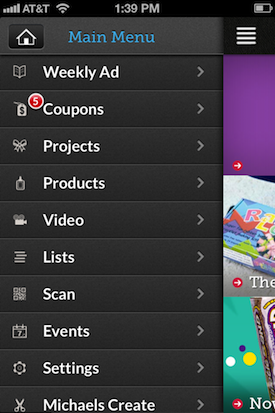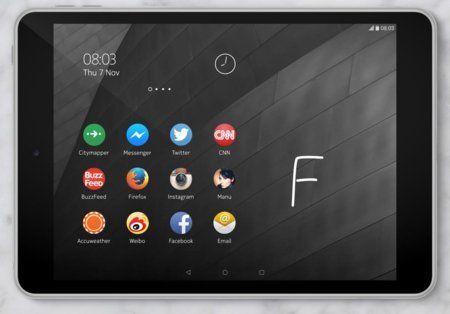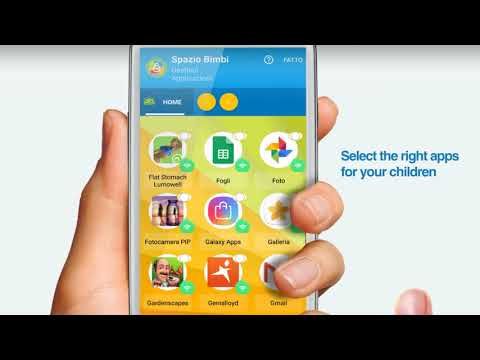
How to create a great mobile app and engage users
How to create a great mobile app and engage users?
As most everyone knows, creating an app and getting it into the store is just the beginning. Even a high number of downloads does not yet indicate success, as the approx. 20% of downloaded applications are launched by the user only once.
One of the biggest and most important sentences on the part of app developers is to take care of viewer engagement. The goal is to have them run the app much more than once. And consequently, for it to generate revenue.
How to do it?
Social media addictive, news boring
Analyzing the current market, you can see that users They return to social media apps the fastest, of health and entertainment. Here, the time between the first and the next launch is usually from several minutes to about 2 hours. This elapsed time between app launches increases sequentially for apps in the fields of utility, games, music, lifestyle, photos and news.
The latter are characterized by the longest period (on average it is a day) between the first and second use of the app.
Engage – the sooner, the better
When it comes to apps, the key is to create engagement with the user and grab their attention at the very beginning of using the app. 60% of users who do not return to an app within 7 days of the first launch will never do so again. Comparing Android and iOS, the retention rates look very similar, although there is a slightly larger (approx. 25%) group of people running an app only once – in the case of Android, this is approx. 18%.
For both systems, launching an app more than 3-10 times happens for about 3-5% of users.
The road to success
The process of working on an app doesn't end when it is made available in the store – then it basically starts again. It's a continuous cycle, consisting of successive steps:
- Get users. To do this, it's worth running a targeted, multi-channel campaign. Even at this stage, it is necessary to keep your hand on the pulse and continuously monitor the effectiveness of individual ads, the number of downloads, user engagement or retention rate, and then use this data accordingly.
- Segment and analyze. Monitor on an ongoing basis what works well and what goes wrong and improve the app. Performing ongoing analysis will allow you to respond as quickly as possible to application errors and user needs. It's a good idea to check who is using the app by creating audience segments, and then analyze them in terms of the length of sessions in the app, navigating the app, and – again – the rejection rate. Track this data and optimize your app on an ongoing basis.
- Engage and convert. It's worthwhile to engage your users from the very first launch, so that they become loyal app buyers. It's worth caring about them, for loyal users make 25% more purchases inside the app. Continuous optimization and the right marketing efforts, tailored to specific user groups, are the key to success. In this regard, it is best to bet on push notifications, in-app notifications and email contact with users.
- Test. A/B tests are the ideal solution. These will allow you to choose the most effective strategy for the promotion and development of the app, from the graphical elements to the details of its use
- Measure. In order to be sure whether the chosen tactics are effective and bring the expected results, you need to constantly measure their effectiveness. It's worth doing multi-faceted analysis, taking into account both current and long-term results.
- Repeat. In order for the application to continuously make a profit, it is necessary to constantly work on its optimization. A significant percentage of apps "die a natural death" some time after release. If you don't want this fate for your app, don't stop at making sure it's as high as possible and engaging for the user.


